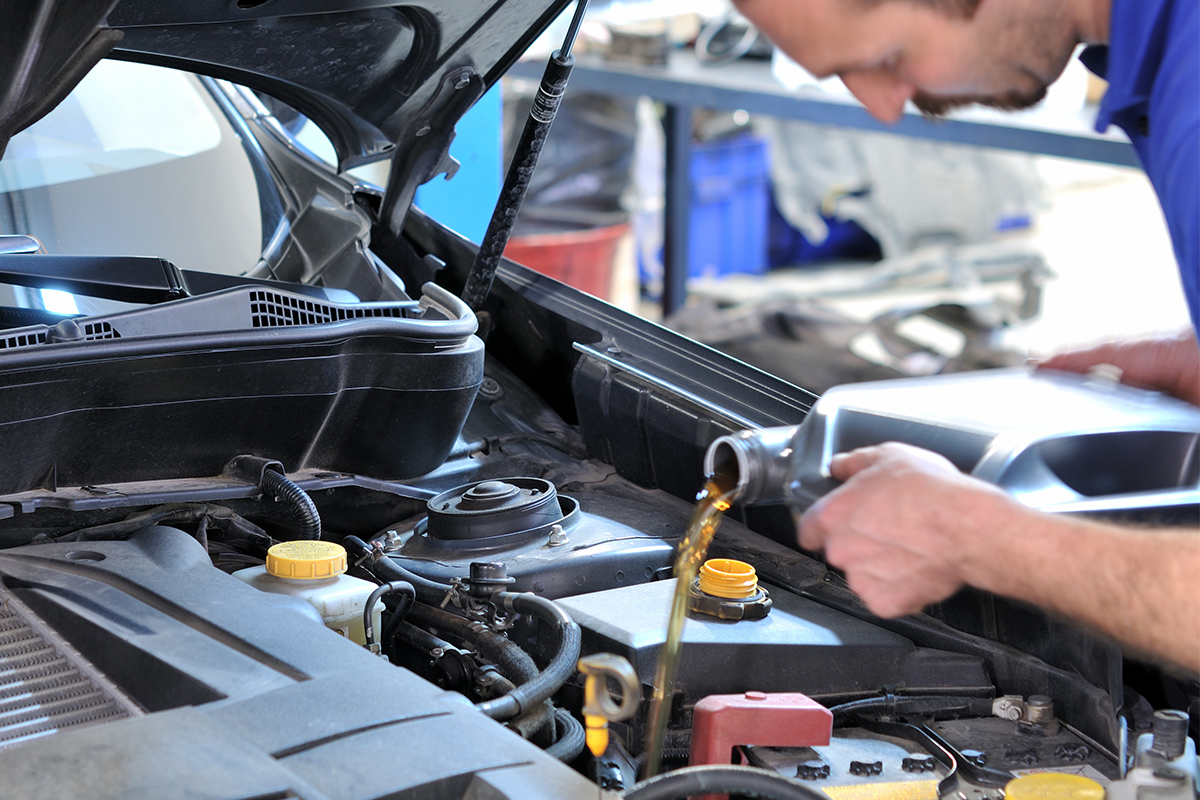How to Check Engine Oil – Step-by-Step Guide
Keywords Overview:
The primary keywords are "engine oil" and "how to check engine oil." Secondary Keywords: "engine oil dipstick", "engine oil change", "change engine oil"
One of the simplest but most crucial vehicle maintenance tasks is regularly checking the oil in your engine. Learning how to check engine oil is an essential skill for every vehicle owner, regardless of your mechanical expertise. This guide will walk you through the process step-by-step, ensuring you can confidently monitor your vehicle's oil level and condition to prevent potential engine damage and costly repairs.
- Why Checking Your Engine Oil Matters
It is essential to monitor your engine oil on a regular basis for optimal vehicle performance. Engine oil serves as the lifeblood of your vehicle's engine, providing necessary lubrication to reduce friction between moving parts. Without proper oil levels, your engine components can wear prematurely or even suffer catastrophic damage. The condition of your engine oil can tell you a lot about your vehicle's health, often providing early warning signs of potential problems before they become serious.
- Essential Tools and Preparation
Gather the following essentials before you begin checking your engine oil: A clean rag or paper towel
Your vehicle's owner's manual (for reference)
If you need to add oil, a funnel Accurate readings are guaranteed by proper preparation. Park your vehicle on level ground at all times because an incline can give you inaccurate readings. If you've been driving, turn off the engine and wait 10-15 minutes for the oil to settle in the oil pan. This cooling period is important because hot oil expands and can lead to inaccurate measurements.
Step-by-Step Process: How to Check Engine Oil
1. Find the dipstick for the engine oil.
The engine oil dipstick is the tool that allows you to measure oil level accurately. Open your vehicle's hood and secure it properly. Locate the engine oil dipstick by looking for its brightly colored handle (often yellow or orange) protruding from the engine. If you have trouble finding it, consult your owner's manual, as locations vary by vehicle make and model.
2. Remove and Wipe the Dipstick
Completely remove the dipstick when you locate it. Oil is covering the end, as you can see. Before taking a reading, always clean the engine oil dipstick with a rag or paper towel. This ensures you get an accurate measurement of the current oil level rather than residual oil from previous checks.
3. Reinsert and Check the Level
After wiping it clean, reinsert the dipstick fully back into its tube. Make sure it's pushed all the way in. Then, pull it out again and hold it horizontally to examine the oil level. Most dipsticks have clear oil level indicators marked as "MIN" and "MAX" or "L" (Low) and "F" (Full). The oil should be somewhere between these marks – ideally closer to the "MAX" or "F" mark.
4. Assess Oil Condition
Examine the state of the oil as well as the level. Clean engine oil lubricates essential engine components effectively. New oil typically appears amber or light brown, whereas used oil typically darkens to brown or black. However, watch for these warning signs:
Milky or cloudy appearance (possible coolant contamination)
Metallic particles or debris (potential internal engine damage)
Extremely dark, gritty texture (oil that needs changing)
Thin, watery consistency (possible fuel contamination)
5. Add Oil If Necessary
If your oil level is below or near the minimum mark, you'll need to add more. Locate the oil filler cap on top of the engine (usually marked with an oil can icon). Remove the cap and use a funnel to add small amounts of the manufacturer-recommended oil type. Wait a few minutes after adding a small amount, about a half-quart, and then check the level once more. Keep going until the level reaches the desired mark. Be careful not to overfill because doing so can damage the engine. When to Check Engine Oil
If you know when to change your engine's oil, you can avoid costly repairs. The majority of manufacturers advise checking your oil at least once every month or every time you fill up with gas. However, increase the frequency if you:
Driving in extreme weather (very hot or cold) Make mostly short trips
Have an older, high-mileage vehicle
Notice any warning lights or unusual engine noises
Always check your oil before long road trips and after extended periods of vehicle non-use.
- Common Mistakes to Avoid
Even with this simple maintenance task, there are several common errors to avoid:
Checking oil immediately after driving (the oil needs time to settle)
Checking while parked on an incline (affects accuracy)
Not wiping the dipstick before reinserting
Overfilling the oil (as harmful as having too little)
Using the wrong type of oil for your vehicle
If your dashboard's oil warning light comes on while you're driving, stop safely and check your oil level as soon as you can. Continuing to drive with low oil pressure can cause severe engine damage in just minutes.
Conclusion
You can save money and extend the life of your vehicle by checking its engine oil. While it only takes a few minutes to perform, this straightforward maintenance task provides useful information about the health of your engine. By following these steps and making oil checks a regular part of your vehicle care routine, you'll catch potential issues early and keep your engine running smoothly for years to come.

